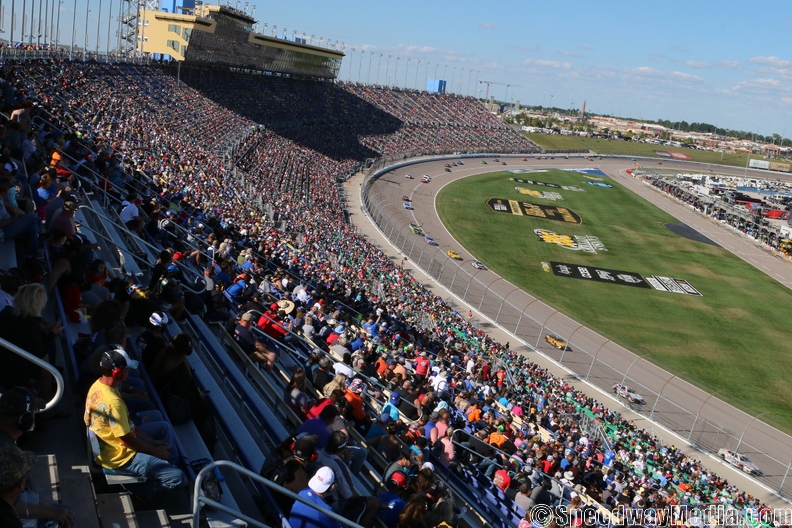In the early days of motorsports, there were only a few professional drivers. Most of them were wealthy amateurs who raced for fun and racing was seen as a dangerous and dirty sport. The industry eventually sought to clean up its act which made itself more appealing to a wider audience.
Motorsports grew to become a multi-billion-dollar industry, and there are many occupations available in the field. In this article, we’ll take a look at some of the most popular motorsports careers from the past.
Early Motorsports Career Opportunities
The earliest competitive events that we would recognize as motorsports date back to the early 1900s. There were many companies in this era that built vehicles just for racing. Ford was one of the companies that started making cars purely for motorsports.
At the time, Ford lost money on each vehicle it produced. They were building these cars just for publicity and to make their brand more popular. Early motorsport careers were as a driver, a mechanic, a team owner, or a sponsor.
While the very first drivers and mechanics often made very little money, team owners and sponsors could make quite a lot of money. This is because automakers in the early 1900s would pay quite a lot of money for their vehicles to win the races.
Drivers
Drivers have always been the most visible face of motorsports. Drivers can work on road circuits, off-road courses, or short oval tracks. There are many variations of drivers that can take part in motorsports careers, these include drag racers. There are also different types of cars that drivers can use.
Some of the most popular models of vehicles that drivers can partake in include stock cars, open-wheel cars, sports cars, and trucks. Each of these vehicles has different requirements to use. Stock cars are the most common type of vehicle that is raced, with open-wheel cars and sports cars being much less common.
Mechanics
Mechanics are the people who get their hands dirty building the vehicles that are raced. This can be a very challenging job, as you have to work quickly to get the vehicle built in time for the race. Mechanics also have to operate in a very precise manner, and they need to be very thorough in what they do.
This is vital and ensures the safety of both the driver and competitors on the track. Mechanics often have to work long hours and may have to travel to races, so this can be a very demanding career that requires a lot of physical and mental effort.
Team Owners
They represent the group that builds the vehicle that is racing. As the owners, they usually have to find the money needed to start it on their own. Many of the owners of racing teams in the past ended up losing a lot of money. Races were very risky, and only a few participants ended up making money.
Team owners find sponsors to fund their organization, and get mechanics to build their vehicles and drivers to race in it. They also have the responsibility of dealing with the risk of injuries and losing money during events.
Sponsors
Sponsors are people or companies that fund a team in exchange for having their name or logo displayed on the vehicle. One of the most common types of racing sponsorship is putting a name or logo on a team’s racing uniforms. This is mostly done for stock car racing, open-wheel racing, and even short-track racing.
People that wanted to become sponsors back then often needed to be wealthy individuals. This is because the sponsor usually had to give a large amount of money to the team owner.
This was required because the team owner needed to pay to have the vehicle built. In addition to funding the construction of the vehicle, the sponsor had to cover most expenses such as the team member’s salaries and traveling.
Photographers
Individuals that wanted to become photographers often made their living at racing events in those years. This was because there was no television and very few photographs of races were published in newspapers. Photographers would often take pictures of the vehicles, the drivers, and the team owners.
They had to pay to attend the events, and they were often not paid very much. This is because most cameramen were not working directly for newspaper agencies which meant that the photographs taken were not seen by very many people.
Medical personnel
There were very few doctors and nurses then, medical personnel were used to treat injured drivers and mechanics. Medical personnel often had to cut the clothing off of drivers so that they could examine their injuries and give them medical treatment. As the races grew more popular, many racetrack owners hired nurses to take care of medical needs at the track.
These nurses had to be very tough and were often called “pit nurses.” They had to work long hours and were often exposed to injuries and death. These professionals were often the first people to recognize a medical emergency and had to know how to respond effectively.
Conclusion
Motorsports have changed a lot since the early 1900s. The people who take part in the sport are different, the vehicles are different, and how the sport is presented to the public is very different. The past has spawned a multitude of job opportunities in motorsports. You see it in computer games, online sports betting, movies, and series to just name a few.
The most important thing about motorsports is that it is a career that anyone can take part in, regardless of their background or income level. This is thanks to the evolution of the sport and the appreciation that comes with it.









